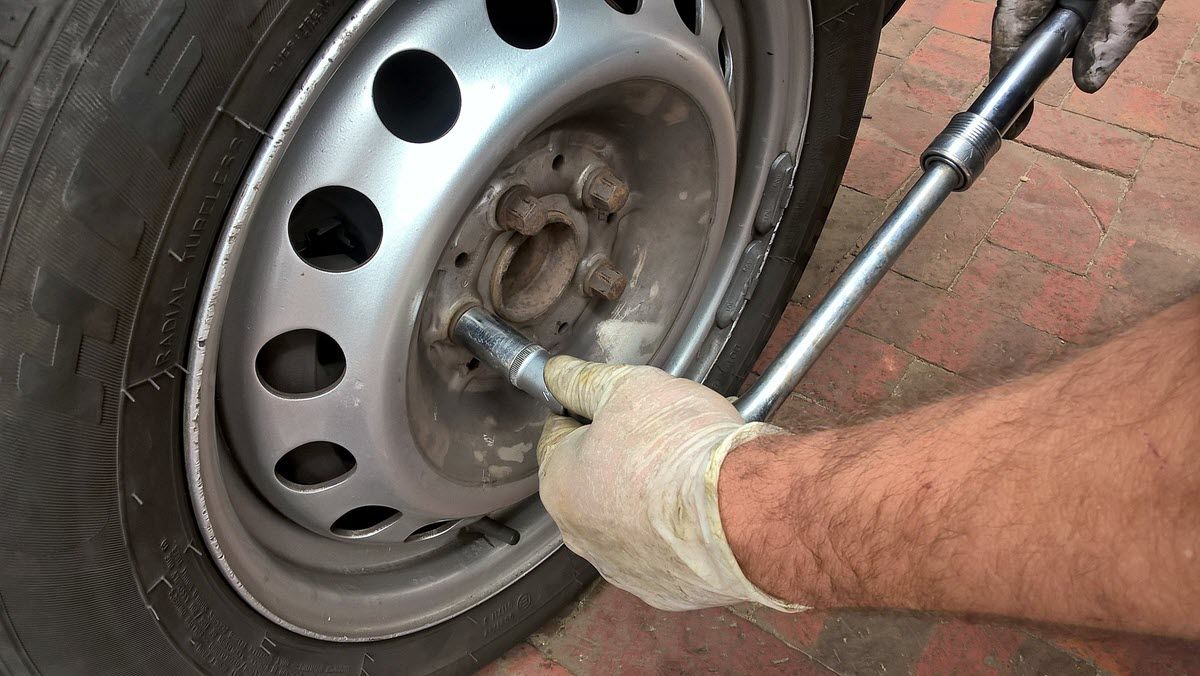The Key to Car Repair and Maintenance
It’s worth taking care of your investment.
What’s Included in Routine Car Maintenance?
Here are tasks you’ll want to schedule and keep track of:
- Oil check and/or change
- Tire rotation/tire replacement
- Windshield wiper change
- Battery replacement
- Radiator flush
Your owner’s manual (or the manufacturer’s website) will provide you with the specific recommendations for when you (or your mechanic) should perform these maintenance tasks for your make/model.
The list is short, but we recommend keeping a written record of when you last did each of these tasks. Trust your list, not your memory – this will help plan for your next trip to the shop, verify you’ve met maintenance requirements or when you trade in your car for a new one. It also helps you track how much you spent and plan your budget.
What Car Maintenance Supplies Should I Have Handy?
Even if you’d rather have a professional take care of your general maintenance, it doesn’t hurt to be prepared to make minor repairs or adjustments yourself. Whether changing a tire on the side of the road or adding more windshield wiper fluid during a messy snowstorm.
Here are some specific supplies you should keep in your car and garage.
Protective Equipment:
Before you jump into any maintenance or repairs yourself, make sure you have:
- Eye protection – Keep dust, oil, and debris out of your eyes. A simple pair of work goggles will do the job.
- Gloves – Venom Steel gloves have the best mix of dexterity while also keeping your hands safe and clean.
- Coveralls – A dedicated pair of coveralls will help leave the mess in the garage. Venom Steel has coveralls that are wet resistant and even have a hood for when you need to protect your hair.
Basic Car Maintenance Supplies:
Keep these in your car. You never know when you’ll need them:
- Tire gauge – Modern cars have sensors that warn you when your tires are too low, but if your car is older or has a sensor problem, nothing beats a tire gauge.
- Windshield wiper fluid – You never know when a bug will splat on the glass or you’ll get stuck on the road behind the snow sanding truck.
- Jack and stands – Cars will generally include a jack along with the spare tire. Double check to make sure your car still has one, especially if you bought it used. Stands are important for adding more stability when you’re going to spend time underneath the car while it’s jacked up.
- Jumper cables – Something as simple as leaving your car door cracked open can lead to a dead battery. As long as you have jumper cables, you’re ready to find that good Samaritan who can give your battery a jump.
- Flashlight – Hard to see under your car or deep in the trunk? A sturdy flashlight is always useful.
Basic mechanics tool set – A kit with a socket wrench, 6mm to 19mm sockets, and allen keys can help you handle most basic repairs.

DIY Maintenance and Repairs
Feeling handy? Try some of these maintenance/repair tasks yourself!
How to Replace Windshield Wipers
You won’t need any tools for this one. All you will need is a new set of wiper blades:
- Lift your wiper blades away from the windshield using their hinge.
- Slide the rubber blade off of your windshield wiper arm.
- If you are replacing the entire windshield wiper arm, simply undo the clasps to take off the old wiper arm and clip on the new wiper arm.
- Set your wiper blades back down on the windshield and make sure no metal pieces are touching the glass.
How to Replace an Air Filter
It is as simple as taking out your old filter and dropping in a new one. For most vehicles, you won’t even need any tools.
- Find the air filter box. It should be a rectangular/square box with a lid that clasps on.
- Remove the clasps.
- The old filter should be sitting right inside the air filter box. Remove it.
- Put the new filter in the air filter box.
How to Change a Tire
Life happens – and tires can go flat. Knowing how to handle it when it comes up will save you a lot of stress.
You’ll:
- Pull off the road to a safe location and turn on your hazard lights. Apply your parking brake.
- Use the lug wrench (tire iron) to loosen the lug nuts on the tire you need to change. You just want them loose enough so you can continue loosening them once the car is jacked.
- Jack up your car.
- Remove the lug nuts completely.
- Remove the flat tire with rim.
- Secure your spare tire with rim on the vehicle.
- Tighten the lugnuts as far as you can.
- Lower the car from the jack.
- Tighten the lugnuts again. Don’t skimp on tightening. You don’t want them coming loose while on the road.
Car Cleaning Tips for Cold Weather
In cold climates snow, ice, and road treatments like salt or chemicals can destroy the underside of your car. Even a simple hose-down of your undercarriage will greatly help to keep the ice and salt from corroding your vehicle. Do this as often as needed.
Wax Your Car
Wax is like a coat of armor for your car. It’s better on than off, especially when dealing with ice, snow, and salt. It also helps it look good!
Protect Your Investment
Take care of your car and it’ll take you anywhere you want to go. The right supplies will let you be ready to handle basic maintenance and repairs. Keep your car going for decades – and avoid being “that guy” whose car breaks down every other week. You got this.